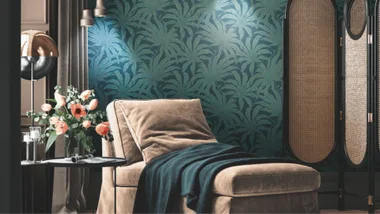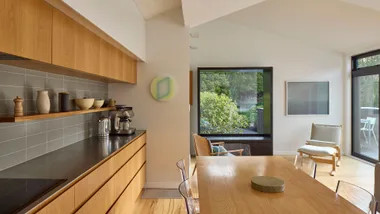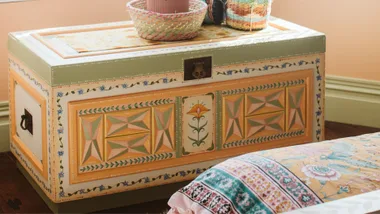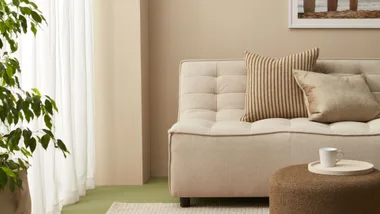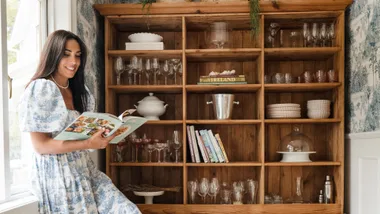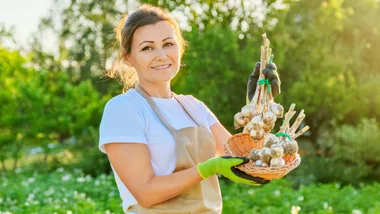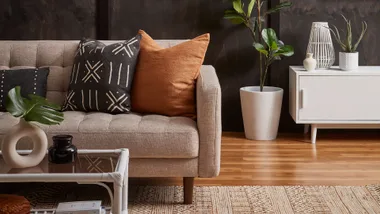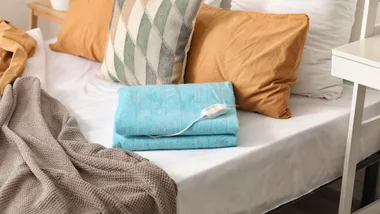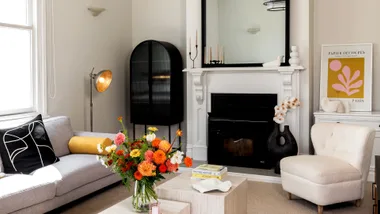I‘m on a crusade this spring – to bring butterflies and bees back to my garden. Bees may be the most important pollinators but butterflies do their fair share of the work as well. Just like bees,butterflies transfer pollen from flower to flower, thus carrying out one of nature’s essential tasks. But apart from their significant role in the ecosystem, butterflies are simply the most delightful creatures and an icon of lazy summer days. Gardens – and people – need butterflies!
HEY, KIDS !
Don’t get bored these holidays – dig over a patch of soil and plant some of these flowers to attract butterflies to your garden over the coming summer:
Alyssum
Bee balm
Cosmos
Echinacea
Lavender
oarigolds
(single petal varieties)
Michaelmas daisy
oexican sunflower
Rudbeckia
Shasta daisy
Snapdragon
Solidago
Sweet William
Sunflower
Verbena
Zinnia
NATIVE BUTTERFLIES
Pretty little copper butterflies choose native pohuehue or mingimingi (ouehlenbeckia species) as their host plants, while red and yellow admirals are a familiar sight in nectar filled gardens but usually only those close to natural breeding grounds. Common blue butterflies are prevalent on grassland areas and lawns.
WHERE HAVE THEY GoNE?
Butterflies have become scarce in city gardens. Firstly because as cities expand, there’s a greater distance for butterflies to travel from rural breeding grounds. Secondly, the switch to low-maintenance gardens with a limited repertoire of plants and very few nectar-bearing flowers has depleted food sources for butterflies. our quest for weed-free environs, expanded hard surfacing and few “wild” areas have further depleted available food sources.
RoYAL VISIToRS
Ironically, the most well-known butterfly – and the most likely to visit your garden – is the non-native monarch. Across the nation, children plant swan plants (Gomphocarpus fruticosus) in their thousands to bring these gorgeous creatures to their gardens. But monarchs will also lay eggs on the more resilient giant swan plant (Gomphocarpus physocarpus), attractive scarlet milkweed (Asclepias curassavica) and frost-hardy butterfly weed (Asclepias tuberosa), a good choice for the South Island. Visit www.monarch.org.nz for information.
Top tips
Plant butterfly bush (buddleia) – it’s one of the best nectar plants for attracting butterflies.
Plant several swan plants and cover a few with fine netting.
Transfer caterpillars to these covered plants once they’ve stripped the others of leaves.
Grow swan plants in pots and bring them indoors when eggs are hatching to protect caterpillars from wasps.
Use pumpkin and sliced marrow to feed adult monarch caterpillars, but don’t give it to young ones.
Don’t rid your lawn of clover as this attrac ts little blue butterflies.
Protect caterpillars by killing wasps with Yates Blitzem Wasp Killer & Nest Destroyer, whichcan be sprayed from up to 4m away!
ATTRACTING BUTTERFLIES
Bringing butterflies into your garden is easy – getting them to stay is the hard part. oost adult butterflies feed on a wide range of nectar-producing plants, including cottage-garden flowers and herbs. Fill your garden with old-fashioned flowers and watch the butterflies appear!
To make them stay, you also need to plant specific host plants for each type of butterfly. Host plants are the only plants a particular butterfly will lay its eggs on, and the only plant its larvae will feed on.
**
**
